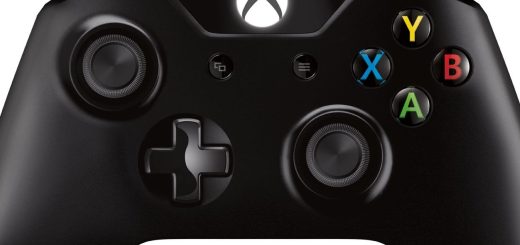Eve Spectrum review: the best HDMI 2.1 gaming monitor?
A genuinely competitive 4K 144Hz monitor with unique features at a fair price. That was the promise of the Spectrum, a unique ‘crowd-designed’ project that is also the company’s first ever monitor. Against steep odds, Dough has delivered the goods. While a few rough edges remain, the Spectrum is a surprisingly competent package, capable of standing against rivals from long-established competitors.
While the Spectrum is a fine monitor, questions remain over the organisation behind it – which recently rebranded from Eve to Dough. There are still many complaints online that folks ordering the monitor have not received their units after months of delays, so we’re updating this review to reflect this. In general, the company needs to do better at fulfilling its orders and being truthful to its customers about their progress. If you’ve ordered the monitor, please leave a comment below about how the process was or reach out to me on Twitter @wsjudd. Thanks!
As we mentioned in our first impressions piece nine months ago, the design of this monitor is superb. Rather than imitating the RGB-soaked, metal-and-plastic amalgamations of standard ‘gaming’ monitors, the monitor’s designers have opted for a simpler look. With a skinny stand and little ornamentation, the Spectrum could come off as cheap, but the robust materials, monochrome colour scheme and industrial design elevate the monitor to the level of a pre-Cook Apple product.
It’s functional too – the stand is steady with options for rotation and height adjustment, the minimal bezels melt away in use and a centrally-located joystick makes it easy to tweak monitor settings. While the company’s community of prospective buyers chose well between the aesthetics they were offered, the firm’s designers also deserve kudos for bringing sometimes conflicting feedback into a cohesive and effective design. The company also opted to sell its stand separately, bringing the price down for those that plan on VESA mounting the display anyway – but that means you’ll need to budget an extra $99 if you want a ‘complete’ monitor.
The Spectrum is available in three different models: 1440p 165Hz ($649, preorder), 1440p 280Hz ($949) and 4K 144Hz ($949). We’re covering the 4K 144Hz model here, also known as ‘ES07D03’, which appears to use the same 27-inch LG Fast IPS panel as the LG 27GN950 and 27GP950. We found this modern panel offers an excellent picture overall, with motion handling akin to a TN panel monitor alongside the typical wide viewing angles and gorgeous colour reproduction as a traditional IPS monitor. HDR is supported, with a DisplayHDR 600 certification and a peak brightness of around 750 nits. This is good enough to provide a convincing HDR experience, although the monitor’s edge-lit 16-zone local dimming implementation isn’t quite good enough to compete with the likes of Mini LED backlit LCD or OLED panels, with noticeable blooming around bright objects on black backgrounds. Also, as this is an IPS panel, contrast is good at around 900:1, but blacks appear somewhat grey. If contrast is important to you, then a VA or OLED panel is a better bet – but each has its own tradeoffs, particularly for desktop use!
This 4K 144Hz model also has two HDMI 2.1 48Gbps ports, allowing the monitor to connect to both next-gen games consoles (PS5 and Xbox Series X) at up to 4K 120Hz with variable refresh rate support. PCs with RTX 30-series or AMD RX 6000-series graphics cards can also use the HDMI 2.1 connection but are equally happy using DisplayPort 1.4, with this slightly older standard achieving the full 4K 144Hz refresh rate using visually lossless Display Stream Compression or DSC. The monitor is G-Sync and FreeSync compatible, and the monitor worked well with both AMD and Nvidia graphics cards in our testing. Similarly, 4K 120Hz gaming on both games consoles worked as expected, with variable refresh rate support for Xbox and PS5.


